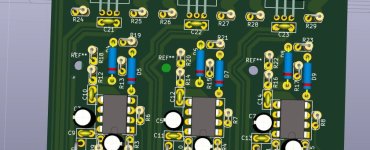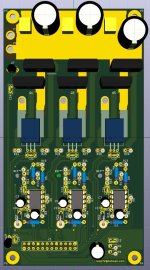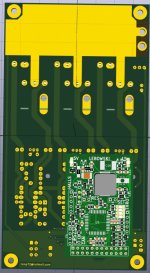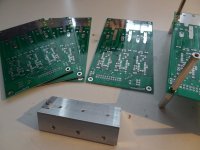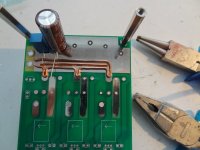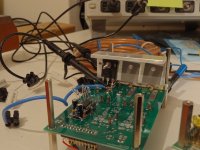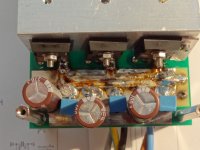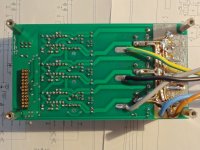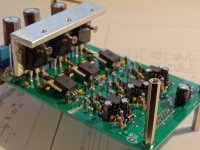marcos
1 kW
- Joined
- Nov 19, 2016
- Messages
- 348
Thats why you first define your assembly and mounting points and then you do layoutLebowski said:Thats the one position I tried, gave DRC error..
Don't you need through holes on the big terminals of the current sensors? Looks like you exposed the copper to use both layer as current carrying.
Remember that your control board connector is on the top layer and your actual control board is on bottom side. Maybe there is a chance you have that connector mirrored, I've seen that happen.



